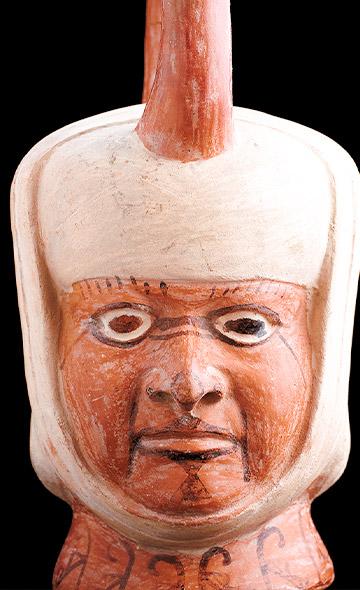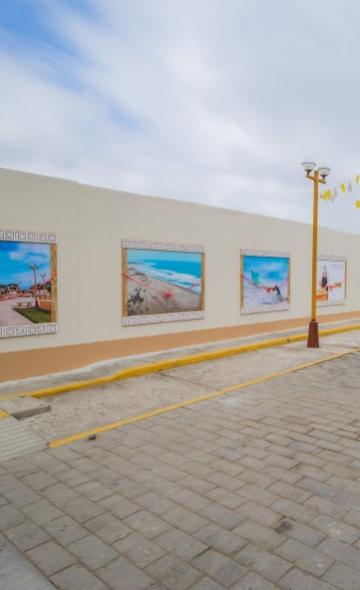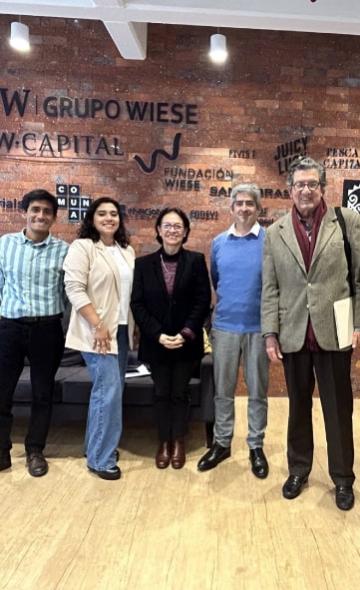- Visitors
- Researchers
- Students
- Community
- Information for the tourist
- Hours and fees
- How to get?
- Virtual tours
- Classic route
- Mystical route
- Specialized route
- Site museum
- Know the town
- Cultural Spaces
- Cao Museum
- Huaca Cao Viejo
- Huaca Prieta
- Huaca Cortada
- Ceremonial Well
- Walls
- Play at home
- Puzzle
- Trivia
- Memorize
- Crosswords
- Alphabet soup
- Crafts
- Pac-Man Moche
- Workshops and Inventory
- Micro-workshops
- Collections inventory
- News
- Community
- The importance of the huaco-portraits in the Mochica culture
News
CategoriesSelect the category you want to see:
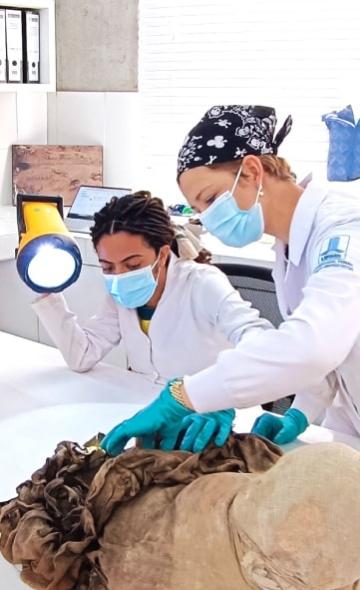
International academic cooperation between the Wiese Foundation and Universidad Federal de Mato Grosso do Sul ...
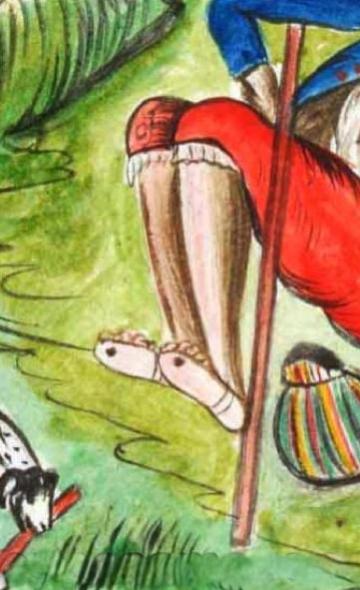
Clothing at El Brujo: footwear ...
To receive new news.
Por: Complejo Arqueológico El Brujo
Huaco-portraits are part of the Moche vestiges most studied by archaeologists and historians. They are also called "head-portraits" (Blanco, 2018) and would have been made for ceremonial purposes. This is justified by the shape of their necks, which open above the top of the piece and is inherent to the funerary ceremonies of this culture.
For Larco Hoyle (paraphrased by Woloszyn in The Silent Faces), the huaco-portraits of the Mochica culture have five stylistic phases. According to the historian, the technique was perfected and production was increased between phases III and IV of the Moche culture.
What are the Mochica huaco-portraits?
According to the studies, these pieces would be depictions of influent personages from the Moche population. It is worth mentioning that they have various shapes, which include zoomorphic and phytomorphic motifs, aside from sexual, as well as war-related depictions, etc.
According to Berniere, although ceremonial vessels have also been found in domestic areas, it is in the funerary context that they abound. It is a mortuary offering that is found both in modest tombs and in more prestigious ones. For the author, it was through these pieces that the Moche expressed the social identity of the deceased, as well as his beliefs (and those of his kindred) regarding death.
The ceremonial purpose of the Moche huaco-portraits was also propounded by Julio C. Tello, who identified these pieces as a representation of the deceased ancestors. As such, they could not be for everyday use, but, rather, they were figures charged with mysticism and objects of cult (Woloszyn, 2008).
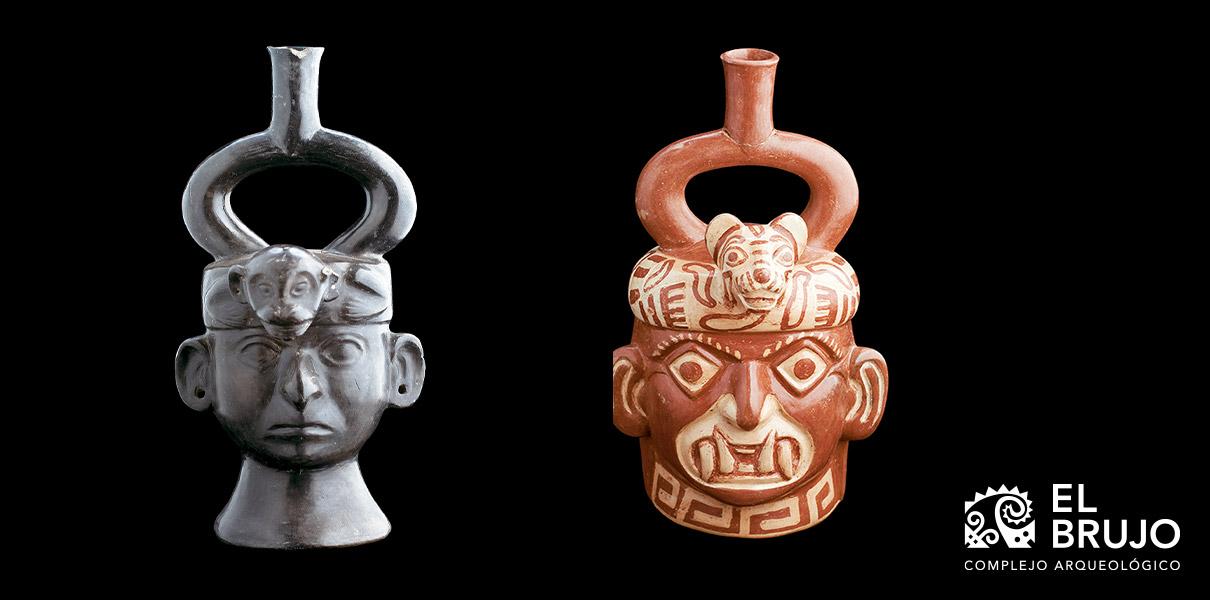
Huaco-portraits: the face of the same man?
According to Makowsky (librarian and historian), the huaco-portraits would have been inspired on the supreme ruler of the Mochica, as well as on his successors, family members and subordinates. That assertion would be supported by the following fact: if we observe in detail the pieces found, they show similarities and, so, they seem to belong to the same individual. The huaco-portraits might also depict the life trajectory of the same personage, from his youth, to adulthood and, finally, old age.
For researchers such as Urteaga and Lopez (cited by Woloszyn, 2008), these pieces were only portraits of the persons who were buried in these tombs and were part of the mummification process of the cadavers. As such, the piece had a ritual purpose: guaranteeing a life after death.
The theory from Urteaga and Lopez was discarded after the find of molds that served as the basis for mass-producing huaco-portraits. Mass-produced pieces were found in tombs from different zones occupied by the Mochica.
Importance of the huaco-portraits
For the specialists, the huaco-portraits, beyond their aesthetics and antiquity, are unique pieces that reveal the power that the Moche culture had during its time. They are also important because they shed light on the Mochica political organization. Likewise, they allow us to understand the functions and roles of social and religious life in the Moche group.
The most recent studies on huaco-portraits would indicate that they may not have focused on concrete personages, but, rather, on types of individuals, on the representatives of different social types. The inclusion of these pieces in Moche tombs would be nothing more than token of recognition and belonging, a sign that would identify the deceased as part of this pre-Hispanic culture.
Where can one appreciate Moche huaco-portraits?
Although initially the Moche huaco-portraits were distributed in different private collections, nowadays there are museums where they are exhibited for the public. One of them is the Cao Museum at the El Brujo Archaeological Complex, where one can take photos of the pieces being exhibited (with the exception of the room where the Lady of Cao is exhibited).
After watching such pieces (the huaco-portraits) being exhibited, the questions that will be forever posed about the personage (or personages) that were depicted are: Are they part of the Moche mythology? Is this proof that man was at the center of the Mochica inspiration for their artistic creation? Who were they? What did they do? What did they dedicate themselves to? Why did they die? Is the life being depicted that of a single man? Discover it at the Magdalena de Cao museum!
Community , outstanding news


